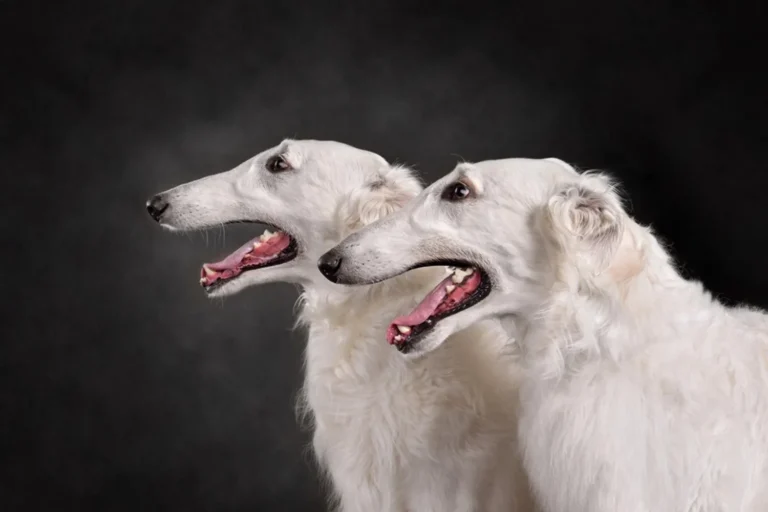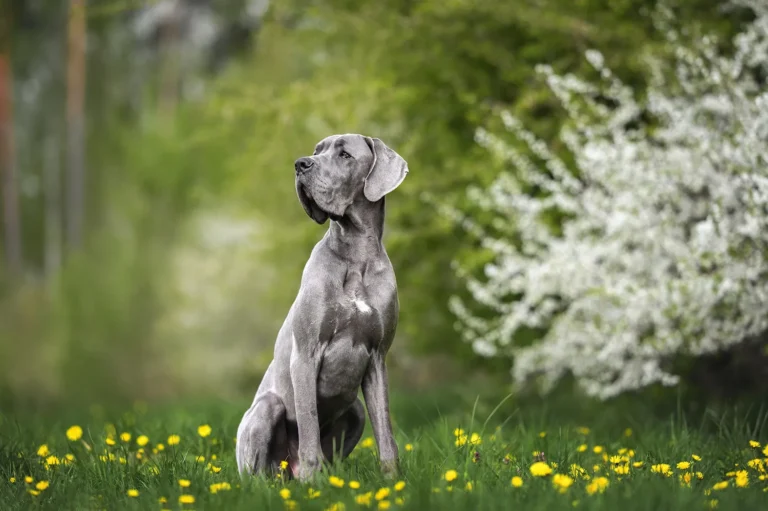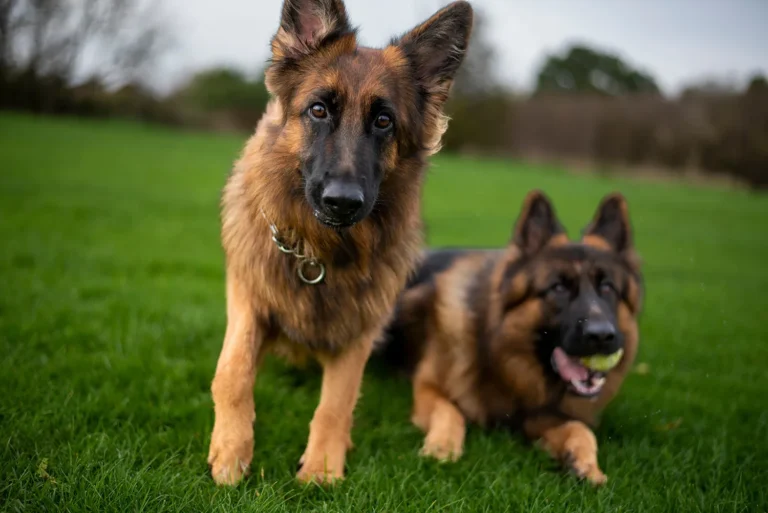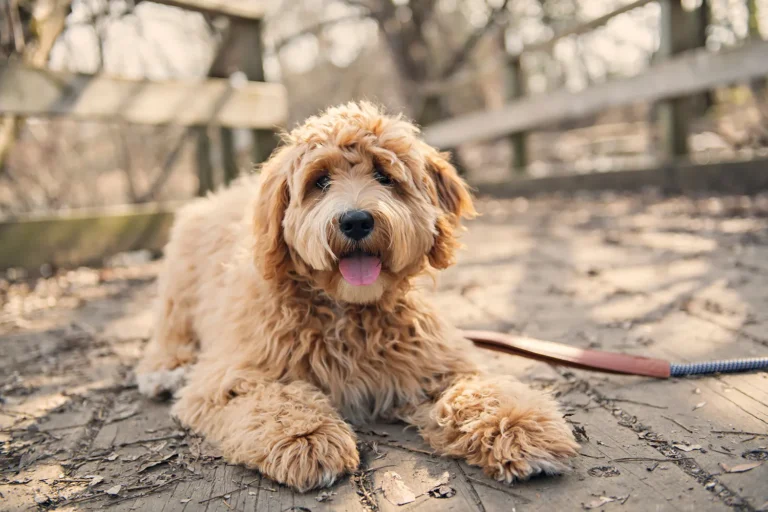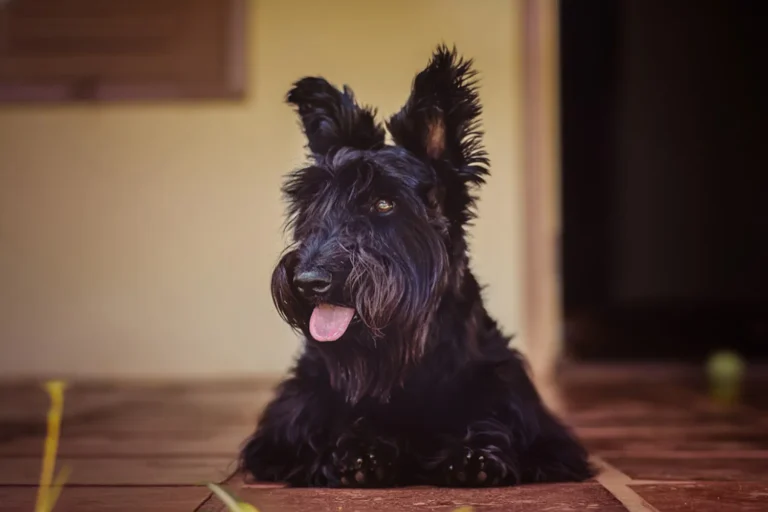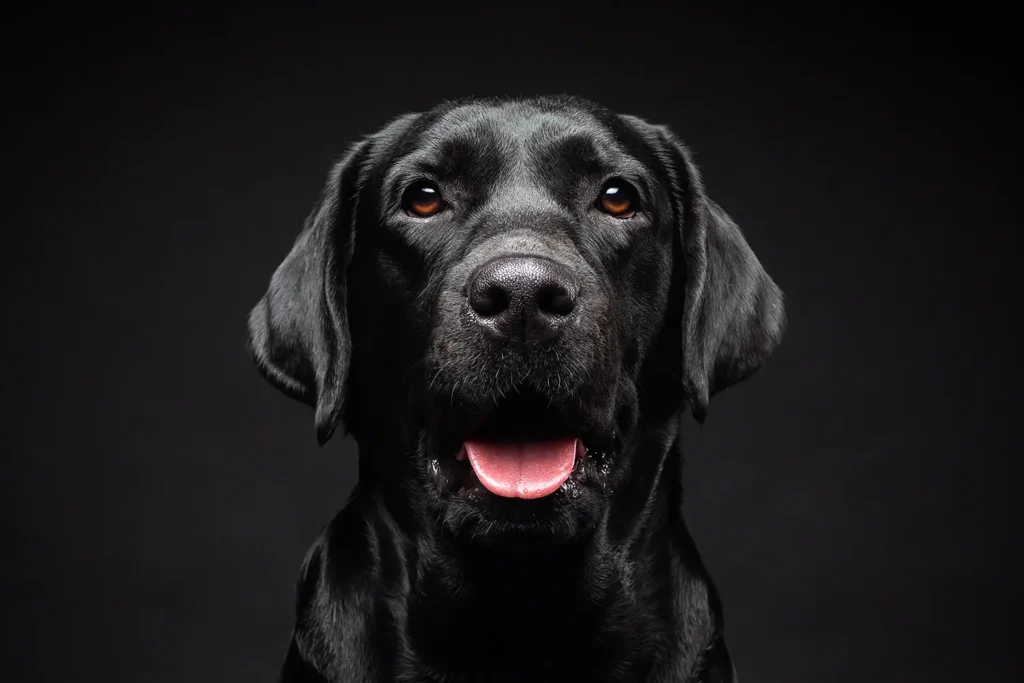
Labrador Retrievers wear more hats in the 21st century than I do in winter. You’ll see them guiding people who are blind through busy streets, partnering with law enforcement on searches and rescues, and then coming home to be the goofy, steadfast heart of a family. My friend’s guide Lab, Daisy, once steered her around a construction zone like it was second nature tail wagging, all business, but still sweet as can be.
Quick tip: if a Lab is working, let them focus always ask before petting. For pet Labs, give them “jobs” to satisfy that eager brain and body: daily fetch sessions, scent games in the living room, even swims if you can. A busy Lab is a happy Lab, and a happy Lab will give you the kind of loyalty that makes every day brighter.
What Is the History and Origin of the Labrador?
Picture the wind whipping across the North Atlantic in the 1700s, and sturdy water dogs leaping off wooden boats in Newfoundland. That’s where the Labrador story begins. Fishermen relied on these bright, biddable dogs to help haul in lines, retrieve fish that slipped the nets, and keep them company through long, cold days. Their thick, water resistant coats, webbed feet, and strong “otter” tails made them natural swimmers, and their gentle mouths meant they could pick up a fish (or later, a bird) without damaging it. I once chatted with an old timer at a dog show who grew up in a fishing family; he told me the dogs would slide into the icy water without a fuss, then hop back onboard and curl up by the nets like it was just another Tuesday.
Word of these capable companions spread fast. Sailors and traders brought them to Britain, where gamekeepers fell in love with their steadiness and fine nose. There, their natural talents were polished for field work, and the Labrador Retriever took shape as a distinct breed. These purebred dogs were recognized by the American Kennel Club in 1903, and by the 1950s they were household names on both sides of the Atlantic. In 1991, they earned the title of America’s Most Popular Dog and they’ve held onto it ever since. I always joke that if you toss a tennis ball in any suburban park, there’s a 50/50 chance a Lab will materialize to return it, tail going like a metronome.
Today’s Labs are the ultimate utility players. You’ll find them detecting explosives at airports, guiding people with disabilities, working as hunting retrievers, comforting patients as therapy dogs, and nailing scent work with that remarkable nose. My friend’s chocolate Lab, Maple, volunteers at a reading program where kids practice out loud to her; Maple’s not much of a critic, but she’s the best listener in the room. And the breed’s signature mix of intelligence and kindness makes them just as wonderful at home steady with kids, eager to please, always up for a job.
If you bring a Lab into your life, give that work ethic a healthy outlet. Fetch games, dock dives, nosework classes, even “helping” carry the mail can make them beam with pride. Keep an eye on portions they’re famously food motivated and clear your coffee table, because that happy tail is basically a broom with feelings. From the docks of Newfoundland to couches and communities everywhere, Labs have earned their reputation the old-fashioned way: by showing up, giving their all, and loving us to bits.
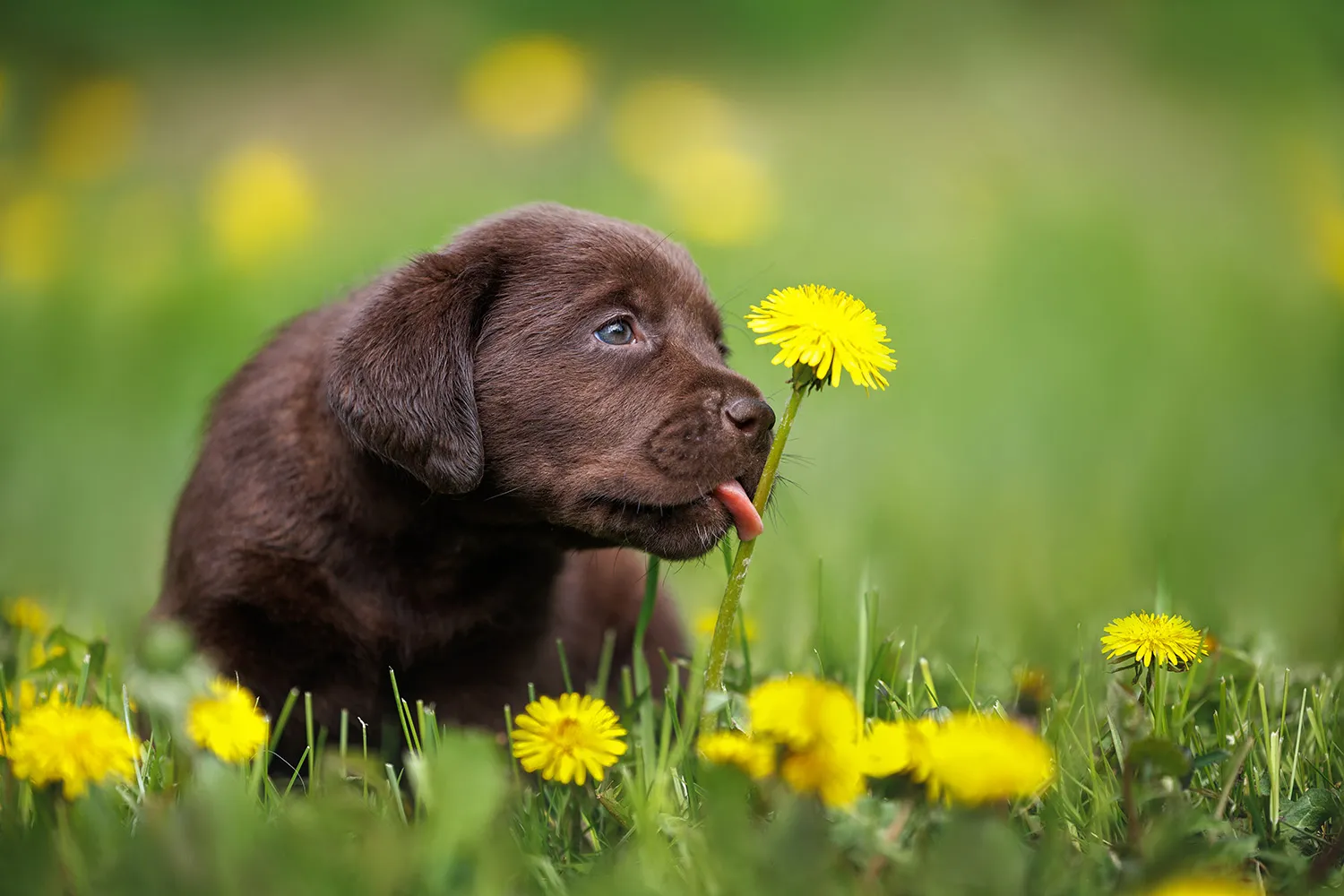
What Is a Labrador Retriever?
A Labrador Retriever is a medium to large, athletic dog with a short, easy to spot coat and a big love for life. They come from the sporting group, which is a fancy way of saying they’re happiest when they’ve got a job or a game to play. Give a Lab a tennis ball and you’ll make a best friend. Mine would sprint to the lake, plunge in without hesitation, and then paddle back with this proud, goofy grin. If you’re near water, bring a towel Labs don’t just swim, they cannonball.
You’ll see Labs in three classic colors: black, yellow, and chocolate. Their coat is hard and dense, designed to handle weather and water, and yes, it sheds more than you’d expect from such short hair. A quick brush a few times a week keeps the fluff tumbleweeds down. After a swim, they do that full body shake that somehow manages to soak every human within ten feet consider yourself warned. Their build is well-balanced and strong, made for retrieving and long, happy walks.
Thanks to their intelligence and famously friendly nature, Labradors have been popular choices for crossbreeds. You’ve probably heard of Labradoodles (Labrador/Poodle), but there are also Boston Labs (Labrador/Boston Terrier), Boxadors (Labrador/Boxer), and Golden Labradors (Labrador/Golden Retriever). Each mix can lean toward one parent or the other, so personalities and energy levels vary. My neighbor’s Boxador, for example, is a social butterfly with a boxer’s bounce and a Lab’s eager to please focus. If you’re considering a mix, meet both parents when possible and plan for plenty of playtime and training.
Purebred Labs are easy to recognize: short, practical hair, an athletic, balanced body, and that famously friendly face. Give them daily exercise swimming, fetch, brisk walks and a bit of training, and you’ll have a cheerful companion who’s always ready for the next adventure. I keep a spare ball in my coat pocket, because with a Lab, you never know when the fun will start.
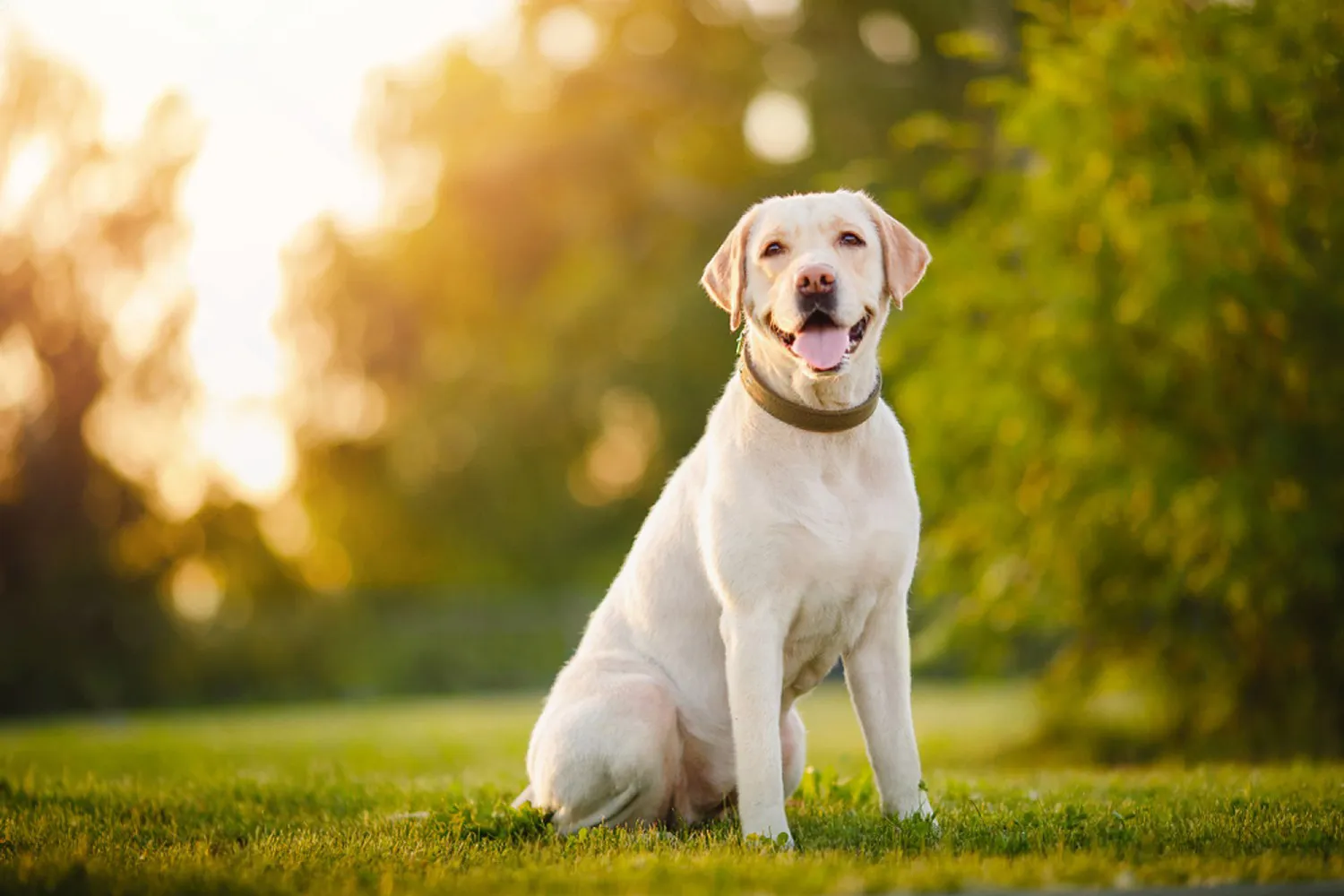
Who Is a Labrador Best For?
Labradors are those easygoing, roll with it dogs that seem to slide right into all sorts of homes. They’re independent enough to handle a little change, adaptable enough to thrive in new routines, and people focused enough to make you feel like you’ve won the dog lottery. Over the years, I’ve known Labs who were just as content snoozing beside a busy stroller as they were splashing through a lake after a long hike. If you’re wondering whether a Lab fits your life, here are some great matches.
Families
A well exercised Lab has a calm, steady presence that’s wonderful around kids. Most Labs genuinely adore children and babies mine used to tiptoe over, lay his head gently on the arm of the couch, and listen to bedtime stories like he understood every word. They’re typically friendly with other pets too, from cats to older dogs. One tip from my household: teach kids to respect the dog’s space (especially during meals and nap time), and give your Lab a “safe spot” like a crate or quiet corner. Labs can be bouncy as adolescents, so a few minutes of play before family gatherings and consistent training on “sit” and “down” go a long way. Expect a buddy who joins tea parties, soccer practices, and Sunday naps with equal enthusiasm.
Adventurers
If your weekends read like a trail map, a Lab will be thrilled to sign on. They’re classic companions for jogs, hikes, and even wild swims mine could sniff out water from half a mile away and would wade in with the joy of a kid at summer camp. Their curious nature makes them fun travel buddies, whether you’re beachcombing or exploring a forest. A little practical advice: keep a long line handy while you’re polishing recall, rinse your Lab after saltwater or muddy trails, and pack a towel they’re Olympic level splashers. On boats or paddleboards, a canine life jacket is a smart idea. With regular exercise, Labs settle beautifully at home, trading their explorer hat for a couch cuddler one in seconds flat.
Anyone in Need of a Service Dog
Labradors are famously good at service work. They can learn to fetch dropped items, open doors with push plates, carry small bags, and provide steady guidance out in the world. Their soft mouths let them pick things up gently, and their calm temperament means they’re not easily rattled or distracted in busy environments. A trainer I met in Oregon told me her best retriever could pick up a credit card off the floor without bending it classic Lab finesse. If you’re considering a service dog, partner with a reputable organization; not every Lab is suited to this path, and good programs match temperament and tasks carefully. For families interested in giving back, puppy raising programs often look for volunteers it’s incredibly rewarding and very structured.
Big picture, Labs are versatile, affectionate teammates. They fit best with people who can offer daily activity, basic training, and lots of companionship. If that sounds like your home whether it’s full of kids, hiking boots, or carefully organized gear for assistance work a Labrador will likely meet you there with a wag and a ready heart.
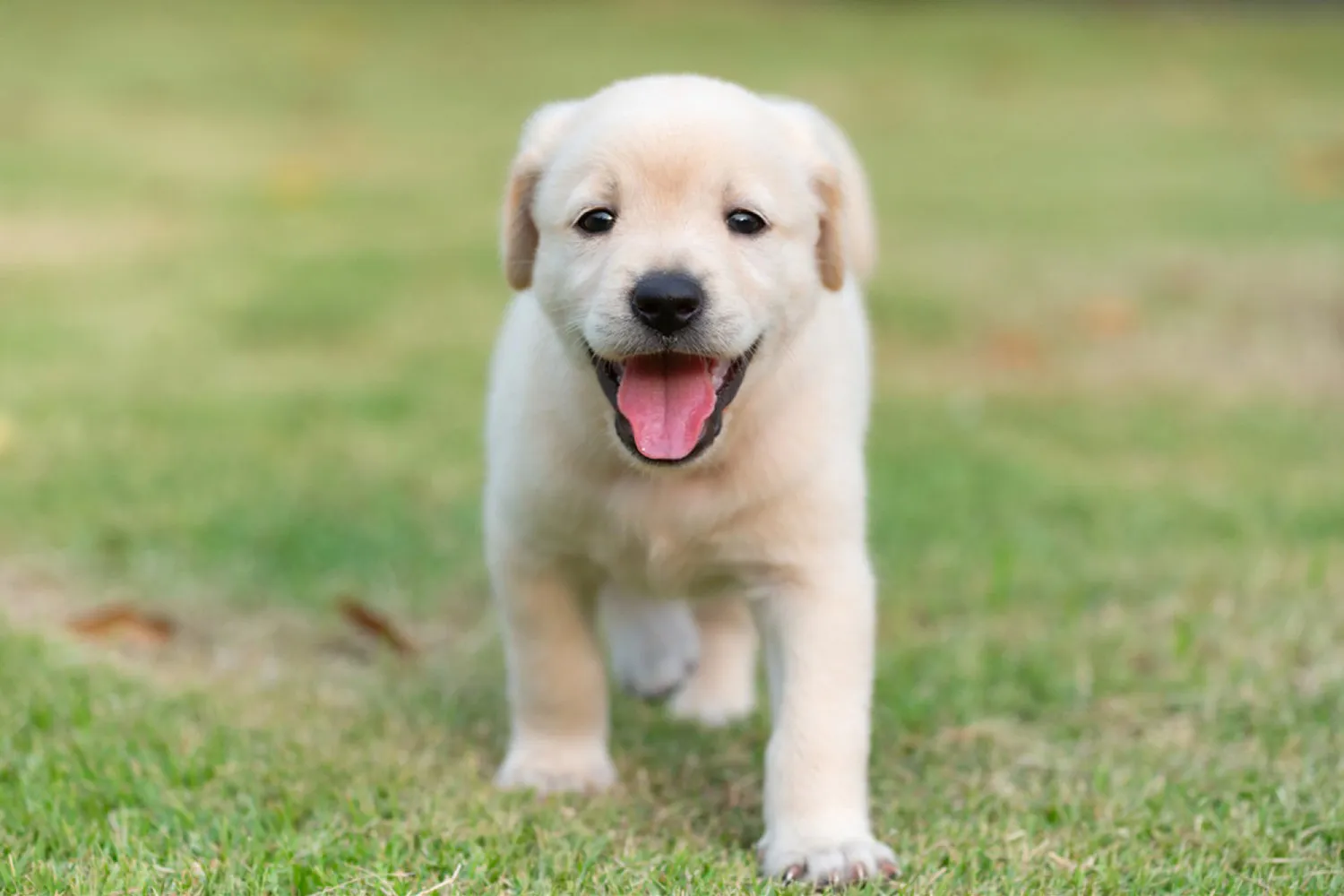
Labrador Grooming & Shedding
When it comes to grooming, Labs are delightfully low maintenance. Their short, wash and wear coat doesn’t need haircuts, just regular care. Keep nails trimmed every few weeks if you hear that tap tap on the floor, it’s time. I got my Lab used to paw handling as a pup with treats and a calm voice; a nail grinder made it less stressful for both of us.
Now, about that famous Lab shedding it’s real. Labs have a double coat and “blow” coat in spring and fall, so expect extra fluff during those seasons. A quick daily brush can make a big difference. I rotate between a slicker brush and an undercoat rake, and keep a grooming glove by the door for fast rubdowns after walks. Don’t over bathe; their coat has natural, water resistant oils. A bath every month or two (or after a mud party) is usually enough. Pro tip: brush while the coat is slightly damp after a towel dry more loose hair comes out.
Around the house, a strong vacuum is your best friend. I run a robot vacuum daily and do a deeper clean on weekends. Washable throws on the couch, an air purifier if you’re sneezy, and a lint roller in the car help keep the tumbleweeds at bay. I also learned to lean into “Lab colored” clothing on days I’m in a rush.
Finish with a quick ear check, especially after swims Labs love water, and those floppy ears need drying and a vet approved cleaner to stay healthy. And whatever you do, don’t shave a Lab; that double coat protects them year round. Grooming time becomes bonding time I still remember smearing a little peanut butter on the shower wall the first time I bathed mine. Worked like a charm.
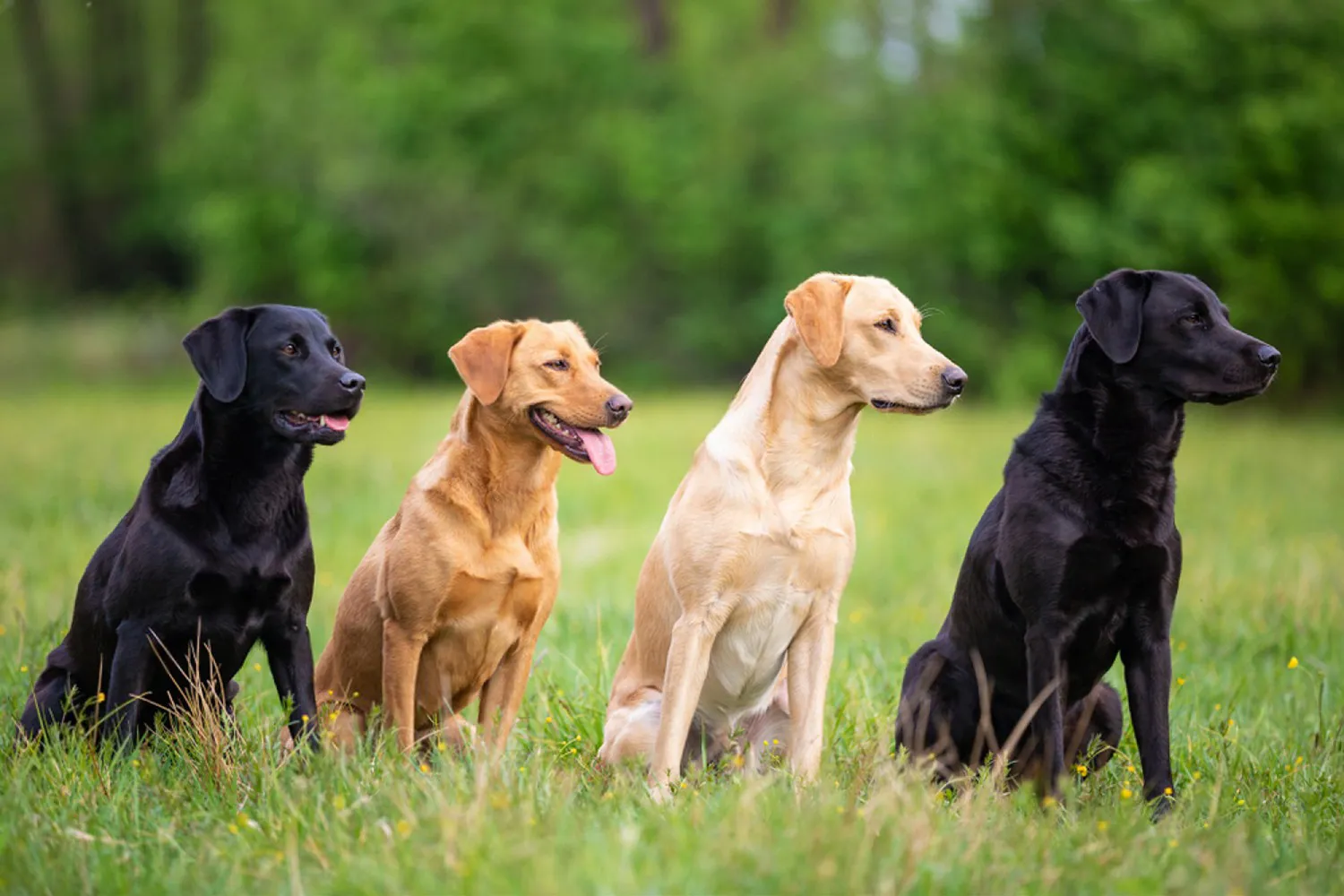
Do Labradors Bark a Lot?
Labradors are usually pretty moderate in the noise department. They were bred to work closely with people, so most Labs tend to be friendly, easy to socialize, and not overly yappy. Mine mostly “talk” with tail thumps and happy grumbles. I remember my yellow Lab, Daisy, going days without a single bark until the mail carrier dared approach our gate. Then it was two serious “woofs,” a proud look at me, and back to napping like nothing happened.
That said, even a mellow Lab can get vocal if they’re bored, under exercised, or excited by doorbells, squirrels, or new visitors. A lot of barking is just a Lab saying, “I need something!” so I always start with the basics: plenty of exercise (a good hour or more per day, plus a sniffy walk), mental work like training games, puzzle feeders, or a stuffed Kong, and regular social time. When those needs are met, the barking usually drops on its own.
If your Lab’s barking is becoming a thing, positive reinforcement training really does the trick. I teach “quiet” by calmly waiting for a pause, marking it with “Yes!” and rewarding. We also practice “speak” on cue so I can ask for two barks, then cue “quiet” and pay big when they hush. For doorbell drama, I’ve desensitized with recorded knocks at low volume and taught a “go to your mat” routine my friend’s Lab, Moose, even learned to grab a toy when the bell rings, which keeps his mouth busy and his voice off. A few management tweaks help too: block those squirrel view windows, add white noise, and ignore attention seeking barks while rewarding calm moments.
Consistency is the secret sauce have everyone in the house respond the same way, and avoid yelling (to a Lab, that just sounds like you’re barking back). If the barking pops up suddenly or seems anxious, a vet check or a session with a positive trainer can be a lifesaver. With steady practice and rewards, most Labs settle into being the perfect kind of watchdog: they speak up when it matters and chill the rest of the time.
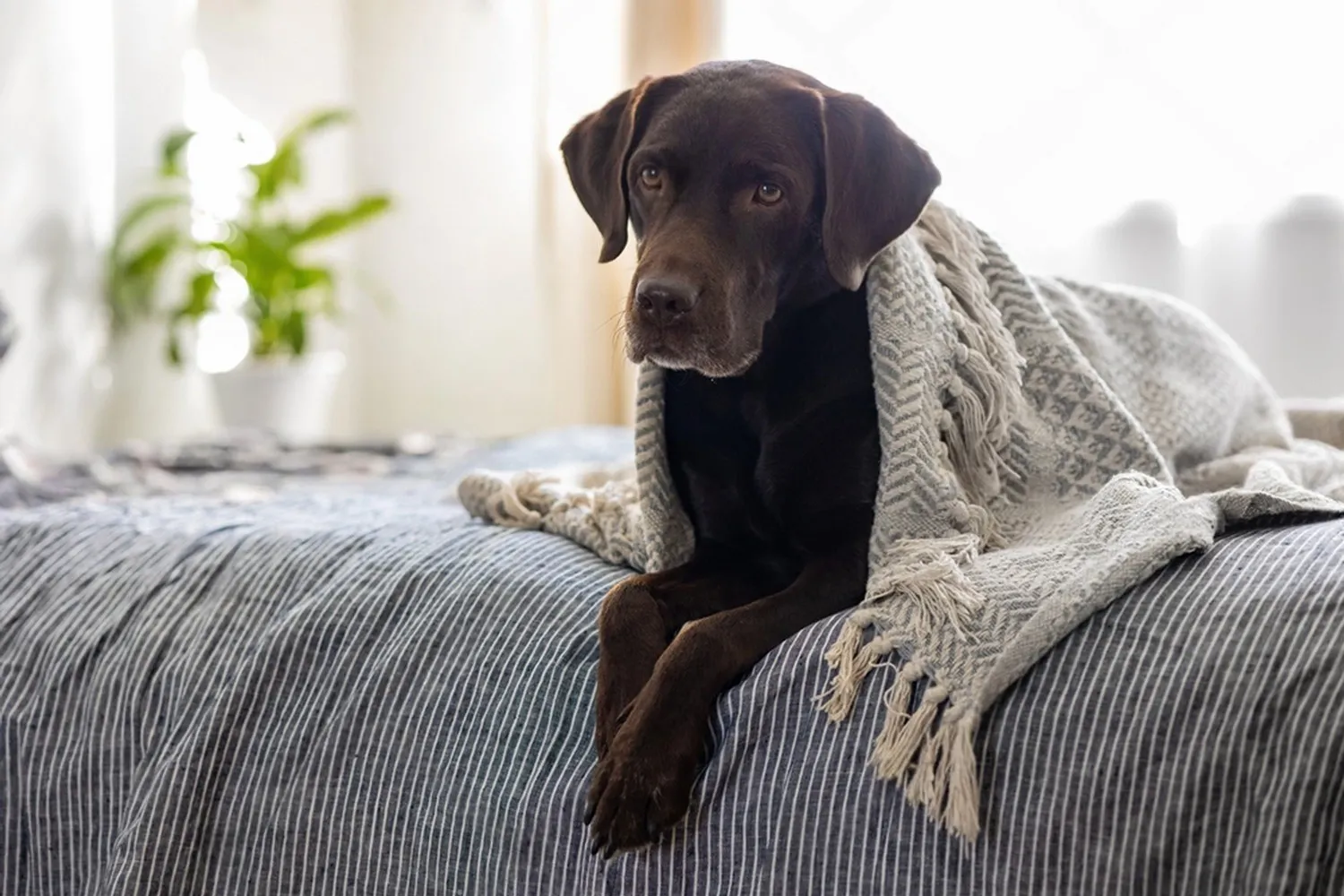
What Is the Average Weight and Height of a Labrador?
If you’re sizing up a Labrador, here’s the quick picture: adult males typically weigh between 29.5 and 36 kg (65 to 80 pounds), while females usually sit between 25 and 31 kg (55 to 70 pounds). In terms of height, Labs generally stand about 55 to 62 cm tall at the shoulder (up to around 24.5 inches), with females being a bit smaller and lighter built. In real life terms, most Labs are about knee high and sturdy enough to nudge a coffee table with one happy tail swipe. https://en.wikipedia.org/wiki/Labrador_Retriever
That said, there’s a good bit of natural variety. Some Labs are blockier and broad chested, others a little more athletic and lean and two dogs at the same weight can look very different. My boy once hovered around 72 pounds for years; he looked perfect until winter hit and those extra biscuits nudged him into “marshmallow” territory. What helped was focusing less on the number and more on body condition: you should be able to feel ribs without digging, see a slight waist from above, and notice a gentle tummy tuck from the side. A Lab’s love language is snacks, so keeping portions measured and treats small goes a long way.
If you want to measure height at home, have your Lab stand square and relaxed, then measure to the top of the shoulder blades (the withers) I use a book against the shoulder and mark the wall, just like a kid’s growth chart. Puppies often reach near adult height by around their first birthday and then fill out with muscle afterward. As long as your Lab’s energy is good, the coat shines, and that body shape stays trim, a little above or below the averages is usually fine. When in doubt, ask your vet they’ll tell you whether your Lab is just big boned or sneaking too many treats from the kids.
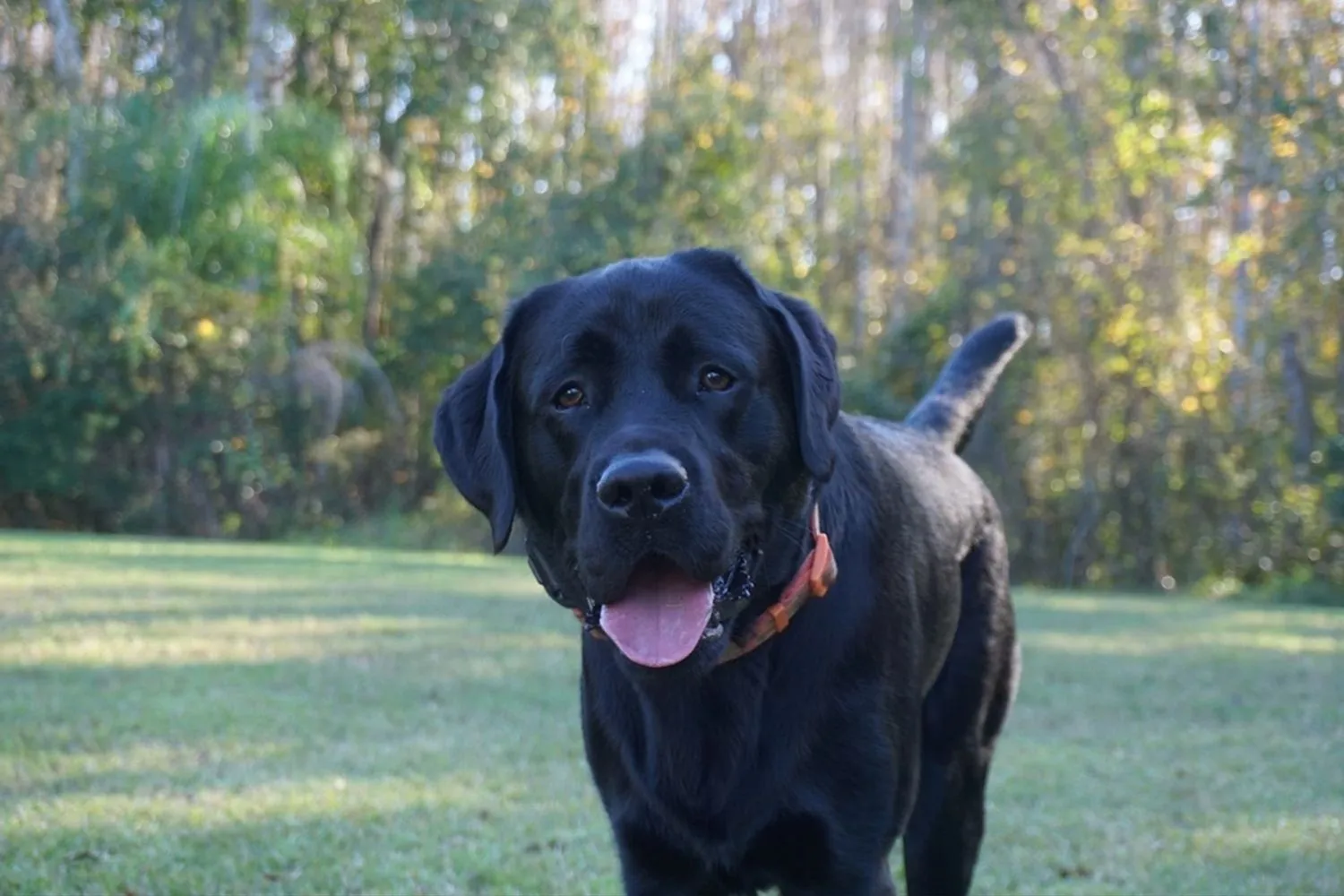
Are Labradors Easy to Train?
Labradors are famously eager to please and, yes, wonderfully trainable. Mine practically taught himself “sit” in two days because he figured out that sitting made treats happen faster. That enthusiasm is a gift, but it comes bundled with a big dose of energy. A happy Lab needs a job for both brain and body think short training sessions sprinkled through the day, lots of fetch, and little “puzzles” like finding hidden toys or working on a frozen Kong while you sip your coffee.
Mental stimulation goes a long way. I like to turn everyday moments into training: asking for a sit before meals, a wait at doorways, and a quick “touch” or “down” during commercial breaks. Five minutes here and there adds up, and Labs thrive on that consistent, upbeat rhythm. Keep it positive treats, toys, and cheerful praise and you’ll see them light up.
Good manners around space and food start early. I love “trade up” games (swap a toy for a tastier treat), hand feeding a portion of meals, and teaching solid leave it, drop it, and go to mat cues. These build trust and help prevent territorial or food guarding later on. If you notice any guarding signs, loop in a qualified trainer sooner rather than later. With consistency, kindness, and plenty of engagement, your Lab will be a joy to train and a delight to live with.
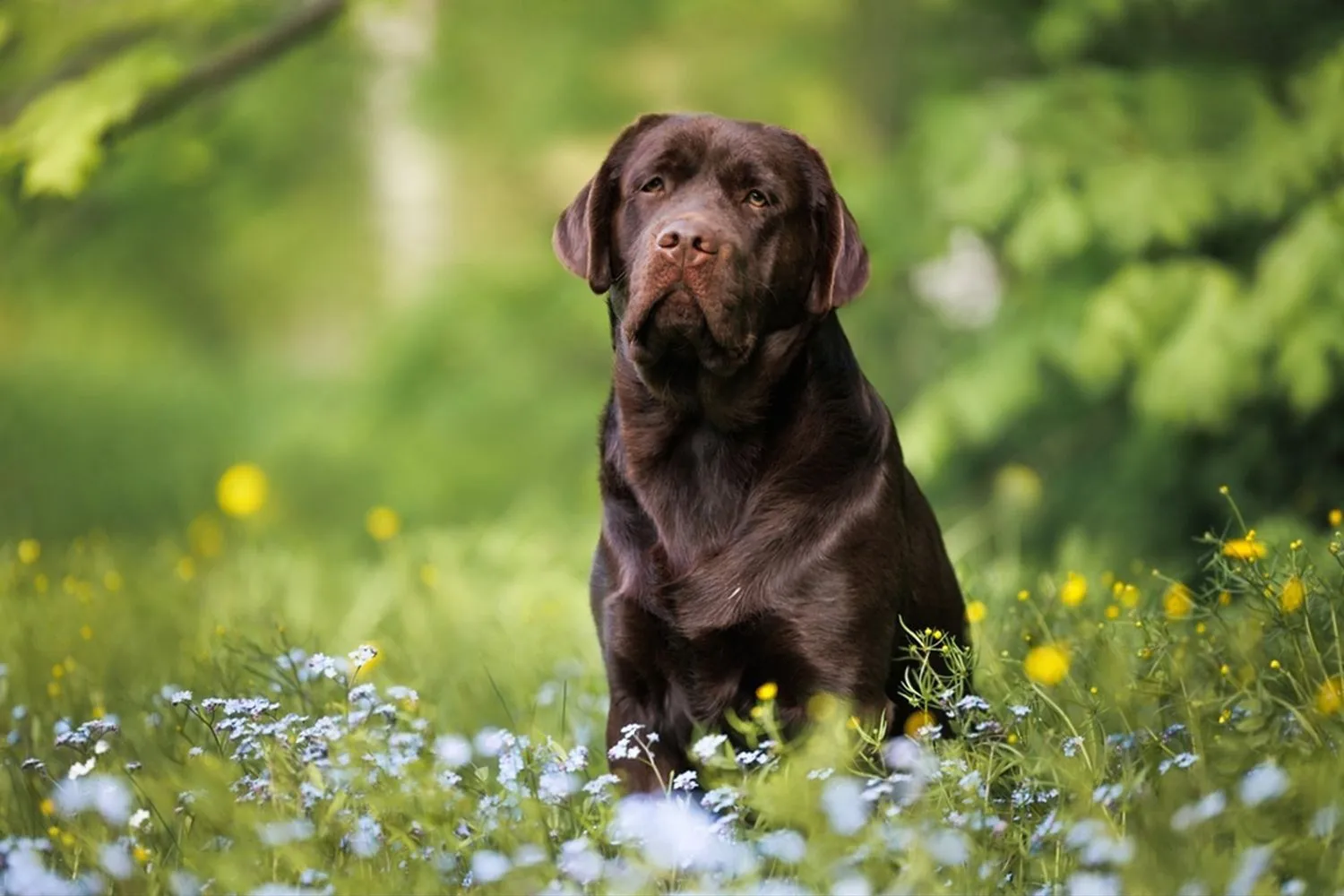
How Do Labradors Behave? A Look at Their Temperament and Personality
Most Labs I’ve known have that wonderful on/off switch: they’ll romp like athletes outside, then flop at your feet like a warm rug once you’re home. They’re famously loyal, but even a velcro Lab appreciates a little personal space. I like to set up a cozy bed in a quiet corner and teach a simple “place” cue perfect for when they want to chill or when guests arrive. It also helps kids learn that when the dog’s on the bed, it’s downtime.
Their intelligence is no joke. This is the breed that can ace search and rescue work, breeze through puzzle toys, and then learn your morning routine just from the sound of your slippers. A neighbor’s black Lab once learned to bring me a specific set of keys from a bowl by the door after two short training sessions. Keep sessions upbeat and short, use rewards (most Labs are very food motivated), and sprinkle in brain games like hide and seek with treats, snuffle mats, or a frozen Kong. A little mental work goes a long way toward a calm, content Lab.
Sociability is another strong suit. Most Labs greet people and pets like they’ve known them forever. Still, I recommend polite introductions: leashes on, a baby gate between curious noses, and plenty of praise for calm behavior. A friend’s yellow Lab and her senior tabby became couch buddies after a week of slow, supervised meet and greets. Young Labs can be exuberant greeters, so teaching “sit” for attention keeps four paws on the floor and tails under control.
And then there’s the retrieving instinct. Fetch is their love language. The only hitch? Convincing a proud Lab to give up the prize. I use a trade game offer a second ball or a treat, ask for “drop,” and toss again. End the game while they’re still excited so next time they’re just as eager to hand it over. Many Labs adore water, too; I once watched a chocolate Lab launch off a dock, retrieve a bumper, and carry it around like a trophy for the rest of the afternoon. Give them appropriate things to carry (soft toys, sturdy ropes) and they’ll be in their happy place right alongside you.
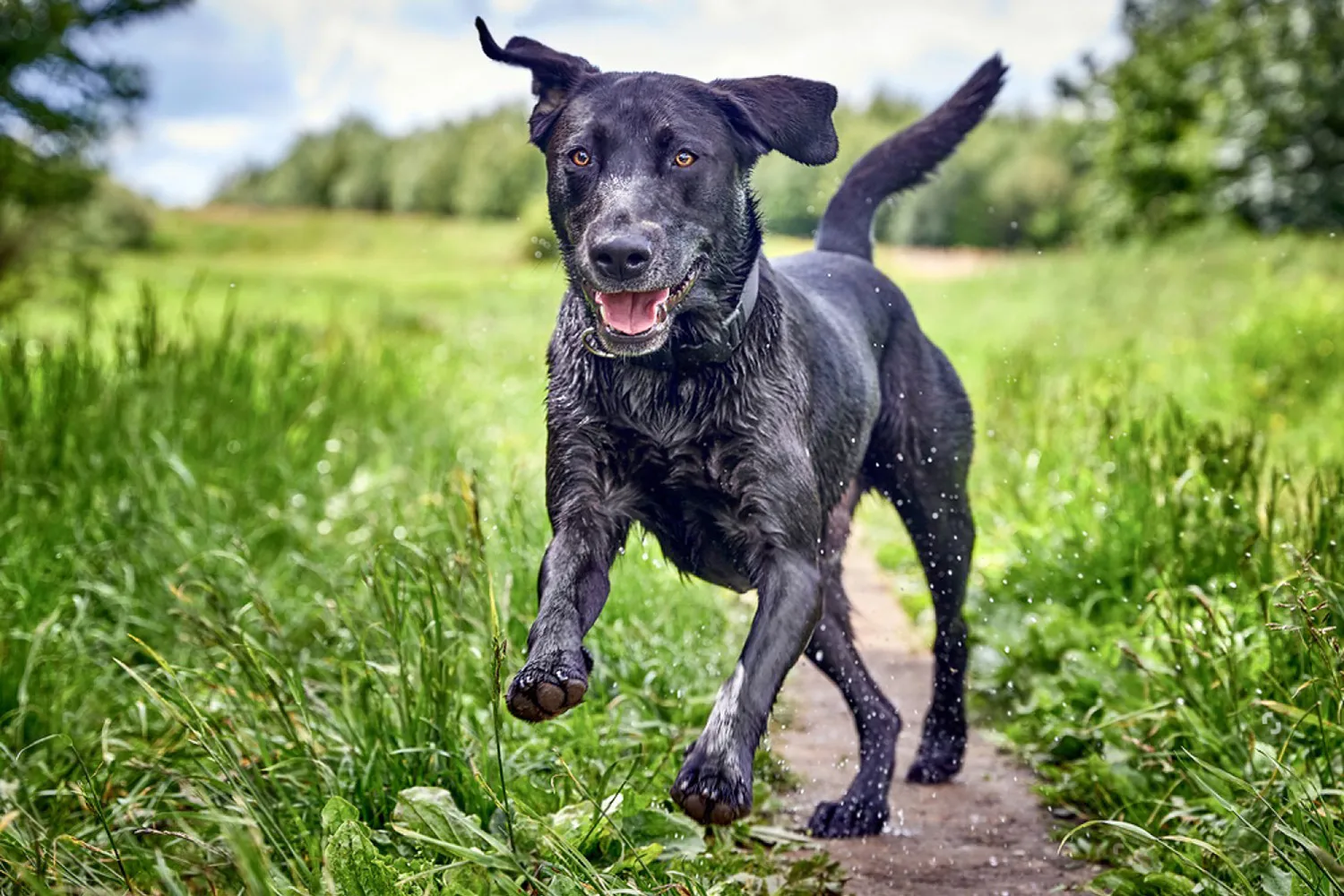
Do Labradors Have Common Health Issues?
Labradors are generally sturdy, happy go lucky dogs, but like any breed, they have a few trouble spots you’ll want to keep an eye on as they grow. I always tell new Lab owners: enjoy the goofy zoomies and the snuggles, but be a little proactive about health, and you’ll save yourself (and your pup) a lot of stress.
Joint health is the big one. Elbow and hip dysplasia, as well as hip joint laxity, can lead to discomfort and arthritis over time. Signs can be subtle at first stiffness after naps, “bunny hopping” when running, or hesitating to jump into the car. Keeping your Lab lean is the best gift you can give those joints. Use non slip rugs on slick floors, try low impact exercise like swimming, and don’t overdo fetch with young dogs whose bodies are still developing. I use a ramp for the car now; my back and my dog both appreciate it. Ask your vet about joint support supplements and what’s appropriate for your pup.
Ears are another hot topic. With those adorable floppy ears and a love for water, Labs can be prone to ear infections. If you notice head shaking, a yeasty smell, or redness, it’s time for a vet visit. As a routine, I do a gentle ear check every Sunday and a quick clean after swims with a vet approved solution. Tip: skip cotton swabs deep in the ear; a soft cotton pad and the cleaner do the trick.
And yes, the Labrador appetite is legendary. These dogs will convince you they haven’t eaten in years five minutes after dinner. Obesity sneaks up fast, so measure meals, go easy on treats, and use part of their kibble for training. I like to add green beans or a bit of pumpkin for volume without extra calories. You should be able to feel ribs with light pressure and see a defined waist. Daily walks, a few short play sessions, and food puzzles keep mine fit and happy.
On the eye front, Labs can develop progressive retinal atrophy (PRA), which can lead to vision loss. It often starts with trouble seeing in low light. If you notice hesitancy in dim rooms or on evening walks, check in with your vet. There’s no cure, but dogs adapt amazingly well with consistent furniture placement, extra lighting, and a steady routine.
Life happens, so I’m a big fan of pet insurance. Plans vary, but some cover up to 90% of vet bills, which brings peace of mind when the unexpected pops up. I signed up early, and it paid off the first time we needed X rays after a misjudged leap off the couch.
Regular vet checkups, a sensible diet, smart exercise, and a little routine ear care go a long way. Labs are resilient, loving companions give them the basics, and they’ll give you a whole lot of tail wags in return.
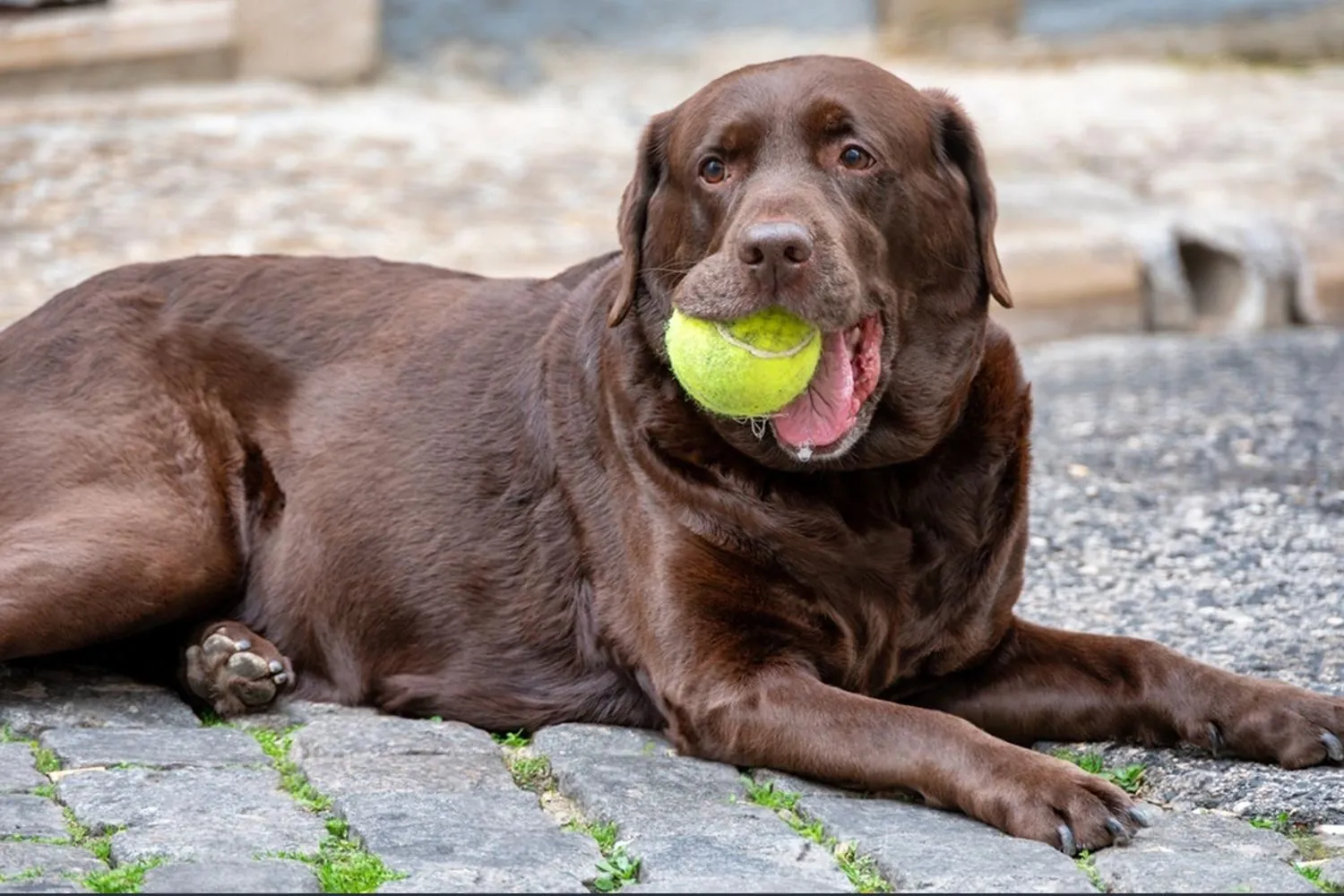
What is the lifespan of a Labrador?
With good care, most Labrador Retrievers live around 10 to 12 years. Keeping them at a healthy weight and giving them steady, age appropriate exercise goes a long way. Labs are famously enthusiastic eaters I once caught mine trying to open the treat jar with his nose so watching portions and treats is half the battle. Daily walks, a swim now and then, and plenty of fetch kept my old boy spry well into his senior years. He made it to 12 and a half, and I credit his lean figure and regular vet checkups for that extra time.
It’s also true that larger breeds, like Labs, tend to have shorter lifespans than smaller dogs. Big dogs age faster, which means issues like joint problems, heart conditions, and certain cancers can crop up earlier. You can’t control everything, but you can stack the odds in your Lab’s favor: keep their weight in check, feed a high-quality diet, and schedule those yearly (or twice yearly for seniors) vet visits. As they get older usually around age seven you might shift to lower impact exercise, add comfy bedding for joints, and use puzzle feeders to keep their minds busy. And yes, some Labs do make it to 13 or even 14; it’s not guaranteed, but with thoughtful care and lots of love, you give them the best shot at a long, happy life.
How Much Should You Feed a Labrador?
Labradors are famous for their appetites my old boy would swear he hadn’t eaten in years if you looked at him around dinnertime. The good news is you’ve got plenty of choices: wet food, kibble (dry), cooked, or raw. Each can work well as long as it’s complete and balanced. Lots of Lab owners, me included, like mixing things up to keep bowls exciting half kibble, half wet food, twice a day is a simple routine that most dogs love. A splash of warm water on kibble can bring out the aroma, and a few green beans can add volume for enthusiastic eaters without piling on calories.
So, how much is enough? Start with the feeding guide on your chosen food and measure portions with a cup or, even better, a kitchen scale. Then watch your dog’s body, not just the bowl. You should be able to feel ribs without digging and see a slight waist from above. Most adult Labs do well on two meals a day; for many, that works out to roughly 2 to 3 cups of an average calorie kibble total per day, but brands vary a lot in calories, so adjust to your dog’s age, activity, and metabolism. Treats count too I learned the hard way that “just a few training snacks” can quietly turn into an extra meal. Keep treats to about 10% of daily intake.
For puppies, choose a high-quality puppy food ideally a large breed formula because those early months are crucial for healthy growth. Feed 3 to 4 small meals a day until around six months, then shift to two meals. I like to transition any diet changes slowly over a week to keep tummies calm.
If you prefer cooked or raw feeding, make sure the diet is properly balanced for nutrients. A quick chat with your vet can save you a lot of guesswork. And if your Lab vacuums dinner in five seconds, a slow feeder bowl is a lifesaver trust me, it turned mealtime at my house from a blur into a happy, relaxed routine.

Labrador Retriever FAQs
Is a Labrador Retriever puppy hard to train?
Thanks to their smarts and eagerness to please, most Lab puppies are a joy to train. They’re food motivated, people focused, and quick to catch on. What helps most is keeping sessions short and fun think 5 to 10 minutes, a few times a day. I like to start with the basics (sit, down, name game) and sprinkle in easy wins so the puppy feels like a champ. If your little whirlwind is bouncing off the walls and ignoring cues, it’s often just excess energy. A good play session or a brisk sniffy walk before training works wonders for focus. I remember taking my neighbor’s Lab pup for a quick game of fetch before we practiced “leave it” suddenly he could listen, sit, and wait like a pro. Add in puzzle toys and a stuffed Kong to tire out that busy brain, and you’re set.
Do Labrador Retrievers need two walks a day?
If walking is your Lab’s main workout, plan on two solid outings daily. Aim for about 80 minutes total of brisk, get that heart pumping activity, adjusted to your dog’s age and fitness. Labs thrive when you mix it up: power walks, a good game of fetch, swimming if you have access, or even a weekend hike. Mine lights up for retrieval games it’s like plugging him into a charger. And while walks are great, add energetic play or canine sports (like agility or dock diving) to keep both body and mind satisfied. Quick note for youngsters: growing joints need care, so keep intense exercise age appropriate and talk with your vet if you’re unsure how much is right for your pup.
Is it fine to adopt an adult dog?
Absolutely and it can be wonderful. Shelters often have more adult Labs than puppies, and those grown up dogs are just waiting for a stable home. Training may take a tad more patience, but many adults arrive with some manners already onboard. The perk I love most: you already know their size and have a pretty good read on their personality. Give any rescue a little decompression time and a predictable routine. When my friend brought home an adult Lab named Daisy, she spent the first week mostly napping and observing. By week two, Daisy had the house rules down and had picked her favorite sunny spot by the window. A gentle schedule, simple cues, and lots of praise go a long way.
Are Labrador dog breeds friendly?
Labs are usually social butterflies loyal, cheerful, and generally easygoing, which makes them excellent family companions. Compared to some high octane breeds like Border Collies or lively mixes like Cockapoos, many Labs feel a bit more even keeled, though they still have plenty of pep. What they often need is help with polite greetings; that happy Labrador enthusiasm can look like a flying hug if you don’t teach “sit” for pets. I used to bring treats on our coffee runs and ask my Lab to park his butt before anyone said hello. Two weeks later, he was the neighborhood gentleman. With regular exercise, basic training, and steady socialization, a Lab’s natural friendliness shines through.
Disclaimer:
This article is for informational purposes only and doesn’t replace professional veterinary or training advice. Always consult a certified vet or dog trainer for guidance specific to your pup.
